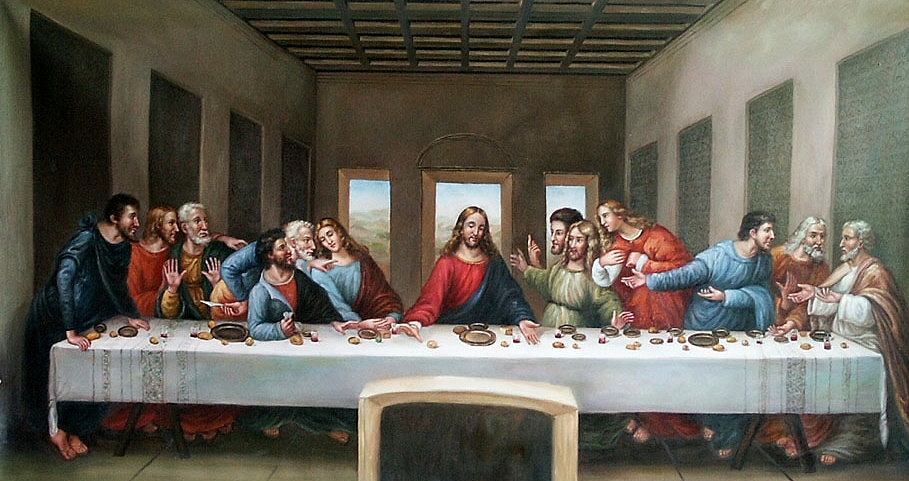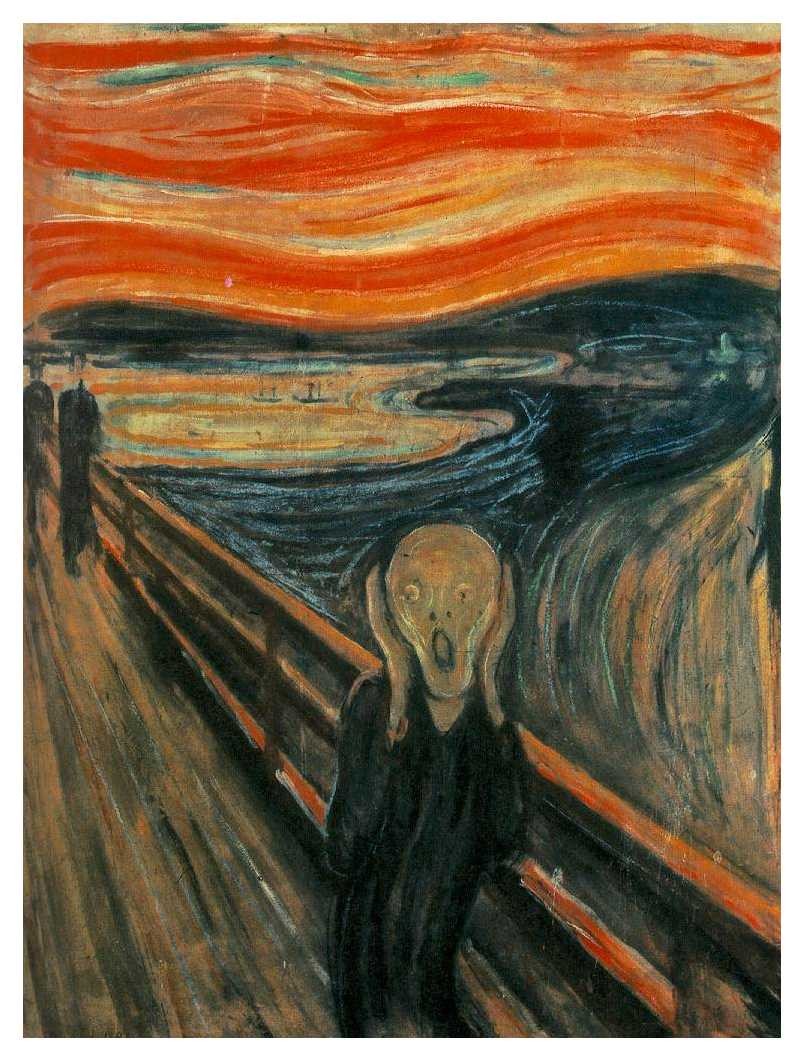Freeland Reading Response
Tuesday, September 1st, 2009After reading Cynthia Freeland’s thoughts and commentary in But is it Art?, I certainly have a few ideas of my own that I would never have even processed before coming across this selection. I do not proclaim myself to be an expert in art by any means, yet these passages allowed me to view art in several different lights as well as analyze a few of the theories underlying how people interpret art.
To begin with, I felt Chapter 6 was mainly driven by a focus on two principle theories of art: the expression theory and the cognitive theory. The expression theory conveys that art communicates something to the observer within the realm of feeling and emotions. Contrastingly, the cognitive theory relates that art communicates and provides the observer with knowledge that they did not previously have. Before reading these definitions and the examples that followed them, I imagined art as conveying a message or a theme – that message being anything from a widely accepted or contradictory idea to a personal belief that is different for each observer. However, afterwards I was presented with new thoughts to contemplate such as the idea that the expressive nature of the piece comes more from the work of art itself than from the artist. This relates back to the idea that the message is held within the medium, and that despite what the artist might have envisioned for their piece, the interpretation from an outside observer may be entirely different. I also found Freeland’s commentary intriguing regarding the idea that the emotion of an artwork can sometimes develop after the piece has been finished. That is, the artist may not know the message he is convening until after the work is completed. In my opinion, this is probably the way most art is created. When you begin anything, a project, an essay, a painting, or a movie, one’s initial vision may transform itself unknowingly until the creator views the final work as a whole; only then can the true emotion of the artwork be identified.
I felt that the focus of Chapter 7 related more to the value of “good” art as we had previously discussed last week. Although there is no right or wrong definition for “good” art, Freeland discusses the beliefs and ideas of Walter Benjamin, McLuhan, and Jean Baudriallard. Benjamin related the idea of an aura about pieces of “high” art that actually results in negative consequences. He insinuated that when the aura of artwork is banished, art can be more democratic and more accessible for people to interpret and produce on their own. In a sense, it allows almost anyone to create their own type of art as opposed to limiting the creation of art to only a select few. This more democratic art form is expressed in his opinion through movies and newer forms of technology which, even though they are considered “mass” or “low” art, hold positive attributes. I particularly thought McLuhan’s belief that media would help restore right-brain functioning as previously suppressed through the act of literacy to be fascinating. This leads one to the intertwinement of images and texts that cannot be escaped in our modern world. The internet, for example, is nothing but a mixture of text and images. While McLuhan studied television in particular, which is basically lacking in text, it is interesting to consider what his views of the internet would be today based upon his previous theory. I feel that, like Benjamin, McLuhan believed that technology led towards a more positive and utopist society for art to flourish in innovate ways. Finally, Baudrillard, also called the “high priest of postmodernism,” theorized about computers and tended to lean towards a negative view of society resulting from the advancement of modern technology and its connection to art. Baudrillard essentially separated the world into a dichotomy: the real and the hyperreal. He considered the hyperreal to be something fake, artificial, and masking the real truth. These phony simulations of the real world, such as Disneyland and high fashion, were only copies of the real thing which solely provide a sense of falsity and disappointment once the real event, location, or artwork is encountered. While it can be good to occasionally escape from reality, it is in fact something that can never be abandoned. It seems that elements of the hyperreal are becoming more and more apparent as technology expands, yet one cannot forget to take from art an emotional response or some newly claimed knowledge in order to stretch our current state of mind and continuously grow.
After reexamining the three paintings I had chosen for last week’s assignment, I noticed that several elements from the reading could be applied to it. For one, “The Last Supper” absolutely conveys an aura in person, however it is probable that the countless times the painting has been reproduced takes away from its original “wow factor”. I observed how the hyperreal could be applied to the Kinkade painting, as it portrays an idealistic setting for the holiday season that is essentially almost impossible to recreate in real life. There may be instances or a few cherished memories of such special times, but it is certainly not the majority or the norm. Finally, “The Scream”, although the piece of art I chose as my dislike, does communicate through expressionism. This painting conveys emotions of distraught, agony, and despair that although I may not be able to sympathize on such an extreme level, I can certainly empathize.
Food for Thought:
- How does one successfully remove the “aura” from art to make it more democratic without losing its meaning?
- How does the relationship between the structure of a piece of art and the actual content of the piece affect our interpretation of it?
- Does art necessarily need to be classified as “high” or “mass” and how does that classification influence one’s appreciation of that piece of art?


